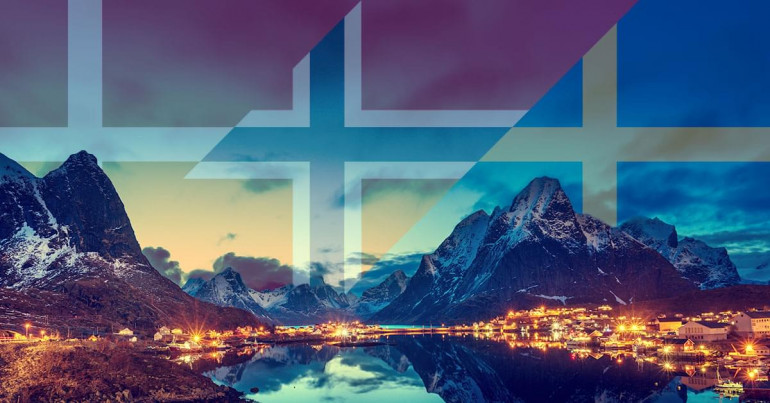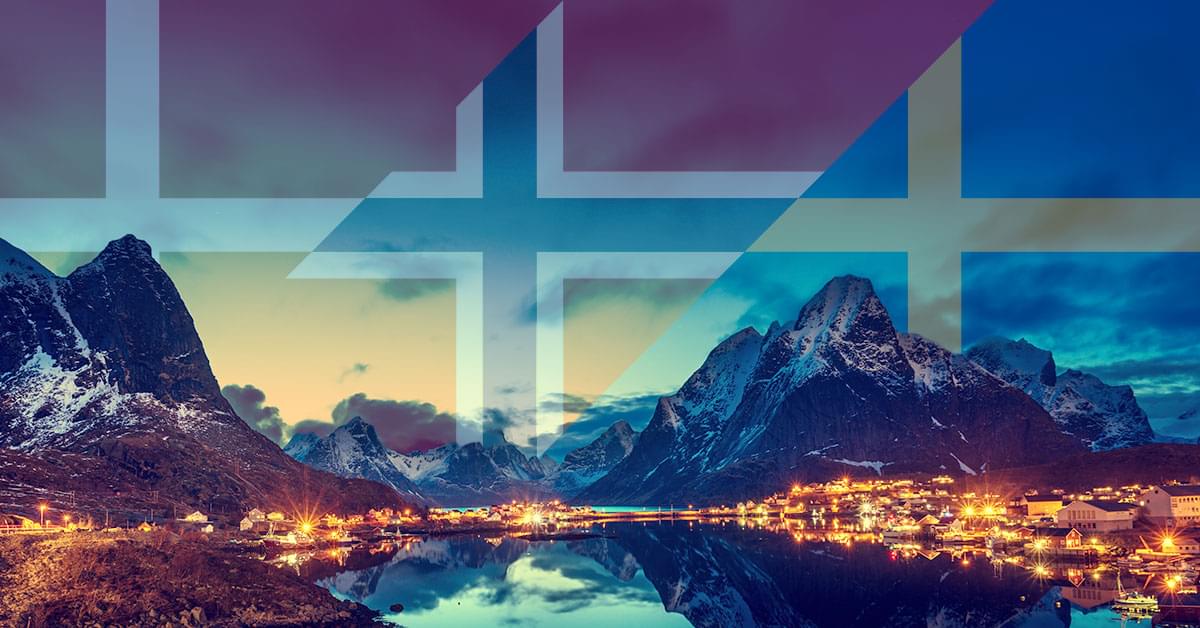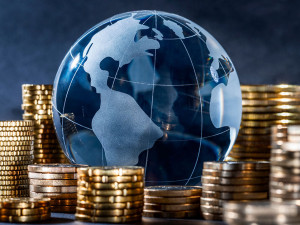
Scandinavia is considered by a lot of tourists and visitors to be relatively expensive compared to their own country, specifically referring to consumer goods which are often the only exposure for visitors. This is despite the fact that many countries rank above those in Scandinavia on the list of the most expensive countries in the world. Norway is the most expensive Scandinavian country, coming in at 11th.

What is Scandinavia?
Scandinavia is a region in Europe referring to the countries of Norway, Denmark and Sweden.
Finland and Iceland are often included when referring to Scandinavia, but these countries, as well as Greenland, are part of the group referred to as Nordic countries, due to their ethnolinguistic links. Finland is sometimes included in the term Scandinavia due to its position on the Scandinavian Peninsula, and has economic and cultural similarities, however is not technically in Scandinavia.
Another key indicator of Scandinavia is the languages – Norwegian, Swedish and Danish are all mutually intelligible, whereas Finnish, Icelandic, and Greenlandic are not.
Economies of Scandinavia
The economies of Scandinavia are known for being relatively stable. Political stability is also strong, and all three countries benefit well from their natural resources, so remain relatively self-reliant and sustainable.
All three countries are considered green economies, which allow stable and healthy growth. A strong industrial base backs up the countries too, with manufacturing, technology and pharmaceuticals all providing support to their economies.
What makes Scandinavia expensive?
Comparing the cost of living to a city such as London (which is also considered by many to be a relatively expensive city) on Numbeo, groceries in Oslo are 29.8% higher than in London.
Taxes are also quite high, and generally, all three countries have a high cost of living, which pushes up the price of goods, and makes Scandinavia more expensive to live in than other places.
But what is the exact reason for Scandinavia being comparatively more expensive than other countries? There are several factors which contribute to this.
High cost of living
As evidenced by our list of the 10 best countries to live in, Norway, Sweden and Denmark are all highly regarded in terms of standard of living. As a result, Scandinavia has a high cost of living, which directly matches the high quality of life in the region. Strong education systems, extensive social welfare programs, and strong workers’ rights all contribute to a high cost of living, which results in the qualities and standards of the country being higher, and therefore slightly more expensive.

High taxes
Taxes are high in Scandinavia.
Sweden
Income tax in Sweden is 28.98% to 35.15%. Capital Gains Tax (CGT) is around 30%, and property tax is 22%. Despite these relatively high taxes, there is no Wealth tax or Inheritance tax in Sweden.
Norway
Income tax in Norway is set at a base rate of 22%, and then bracket tax is added based on your earnings, up to 17.5% equalling 39.5% for the highest tax bracket. Wealth tax is implemented in Norway, however, there is no inheritance tax. CGT in Norway is 22%.
Denmark
Income tax in Denmark is relatively high, hitting a ceiling of around 55.90% in 2023, leading some publications to rank Denmark as the country with the highest tax in the world. Inheritance tax is 15%, and CGT is at 27%. VAT is 25% for most items and there is a tax of up to 150% on new cars.
These high taxes might seem daunting, but Denmark is consistently ranked as one of the happiest countries in the world, as are Norway and Sweden. The tax system is strong, but well-structured, meaning that most citizens will directly see the benefits of their tax payments.
Quality of life
The high cost of living and high taxes are not without compensation, as residents of Scandinavia enjoy a high quality of life, recognised by most indexes, such as the Human Development Index (HDI). All three Scandinavian countries are in the HDI top ten, with Norway second on the list at 0.961, Denmark sixth at 0.948, and Sweden seventh at 0.947.
Scandinavia is also covered by publicly financed and developed healthcare systems. The vast majority of healthcare in Scandinavia is provided with no fees to the patient – some small charges apply depending on the country, but overall it is highly affordable to all residents.
University students can study for free in all three countries, and also receive grants to help cover expenses while studying. Childcare is subsidised, and residents have a certain amount of hours available depending on the amount of children. Eldercare costs are also subsidised.
Workforce & Labour laws
Labour laws and regulations in Scandinavia are more employee-friendly than many other places, and there are strong protections for workers. The minimum wage in Scandinavia is also relatively high, meaning that many businesses will pass on some of these costs to consumers, in order to turn a profit.
Due to the small population of Scandinavia (approximately 21.6 million for all three countries combined), there may be limited competition in some sectors such as food and retail. The lack of competition in a market can contribute to higher prices, as businesses have no need to drop their prices to attract new customers.
Geographic factors
Due to Scandinavia being very northern and isolated by sea, a lot of produce has to be imported, which means that some prices can be higher. The colder weather also means that it has a shorter growing season, thus making fresh produce more expensive. Energy costs may also be higher due to the colder weather and more remote nature of the countries.
Due to the high taxes and general quality of life, Scandinavians will also expect a certain quality of products, so meeting these standards may also demand more expenditure in research, development and production, therefore increasing the price.
If you are looking to convert your currency into Norwegian krone, Swedish krona, or Danish krone, then look no further than CurrencyTransfer. Sign up for free and you’ll get a dedicated account manager to assist you with your personal and business payments.
Caleb Hinton
Caleb is a writer specialising in financial copy. He has a background in copywriting, banking, digital wallets, and SEO – and enjoys writing in his spare time too, as well as language learning, chess and investing.



